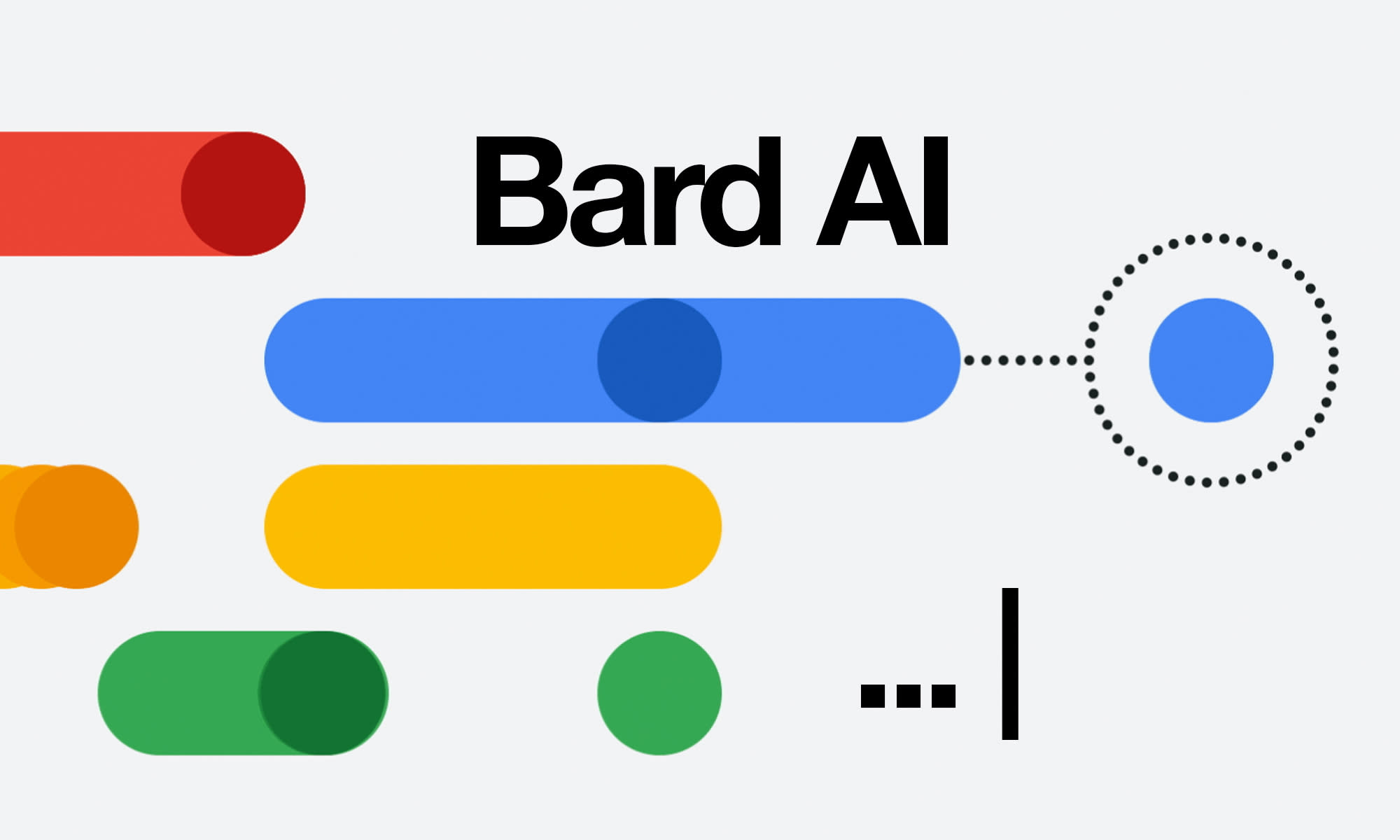In a major announcement at Google I/O today, the tech giant revealed that it is removing most restrictions on the Bard chatbot’s waitlist and making it widely accessible in English. The objective is to gather feedback from a larger user base and continue improving the chatbot’s capabilities.
Sissie Hsiao, Vice President and General Manager for Assistant and Bard at Google, shared the news in a blog post. Hsiao stated, “As we continue to make additional improvements and introduce new features, we want to get Bard into more people’s hands so they can try it out and share their feedback with us. So today, we’re removing the waitlist and opening up Bard to over 180 countries and territories—with more coming soon.”
Furthermore, John Krawczyk, Senior Product Director at Google and one of the leading figures behind Bard, revealed at a pre-conference press event that the company plans to roll out Korean and Japanese versions of the chatbot, with support for additional languages on the horizon. Krawczyk stated, “We’re going to continue to expand to the top 40 languages very soon after IO.”
The gradual introduction of additional languages is part of Google’s responsible approach to developing the chatbot. Throughout the press event, the company emphasized the importance of responsible AI development. Interestingly, Google referred to Bard as an experiment rather than a beta, highlighting its commitment to refining the chatbot’s capabilities responsibly.
In a significant move to enhance user experience, Google also announced its plan to incorporate multimodal content into Bard. This means that the chatbot will be capable of providing answers beyond plain text. Sissie Hsiao explained in the blog post, “Coming soon, Bard will become more visual both in its responses and your prompts. You’ll be able to ask it things like, ‘What are some must-see sights in New Orleans?’—and in addition to text, you’ll get a helpful response along with rich visuals to give you a much better sense of what you’re exploring.” Currently, the visual aspect includes images, but it is anticipated that Google will expand it to include maps, charts, and other relevant elements.
Google initially introduced Bard in February through a blog post, and it made its first public launch in March, with access granted to users who signed up for the waitlist. Similar to OpenAI’s ChatGPT, Bard is a chatbot designed to provide natural language responses to user queries.
With the removal of the waitlist and the expansion of language support, Google aims to harness user feedback and further refine Bard’s conversational abilities. As Bard evolves, incorporating rich visuals and delivering more comprehensive responses, users can look forward to a more immersive and engaging chatbot experience.






Comments are closed.